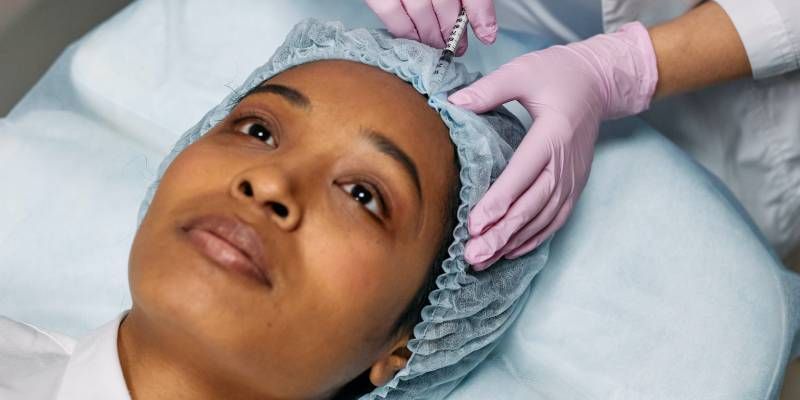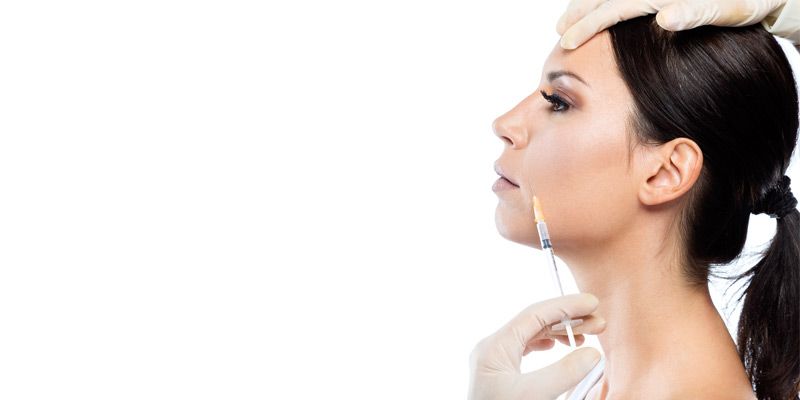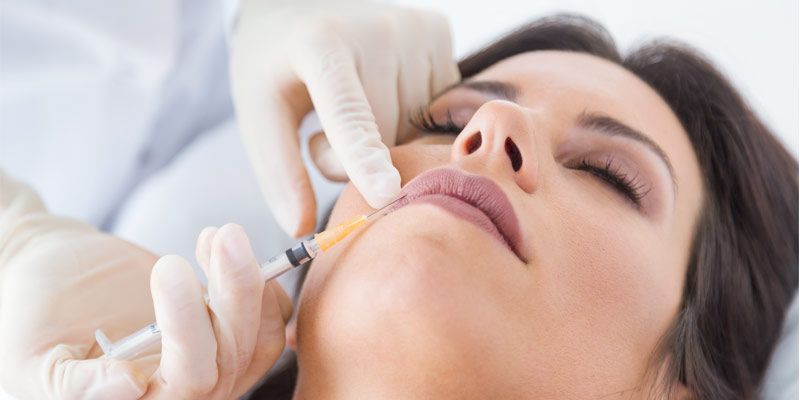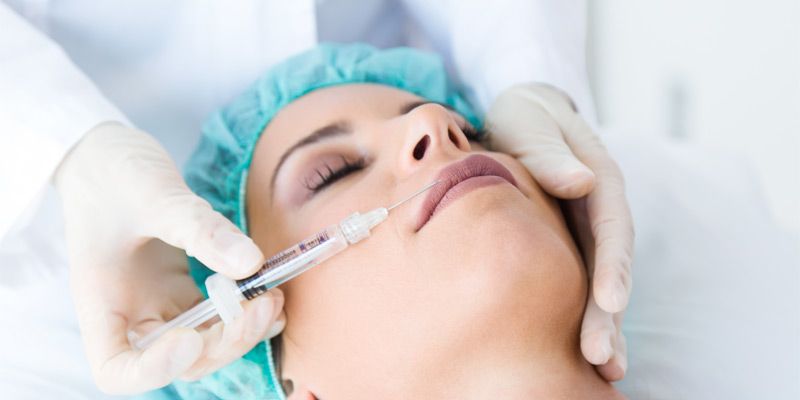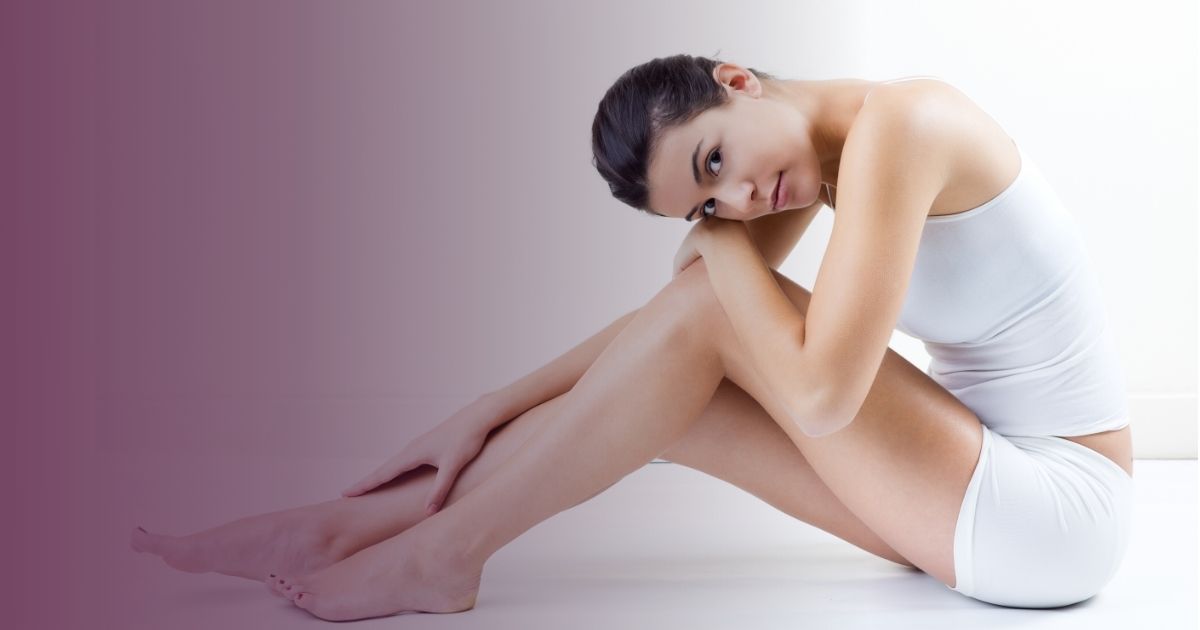Autologous mesotherapy – Cleopatra Technique ®
Autologous mesotherapy with PRF injections (platelet rich fibrin), is a state-of-the-art method, based on regenerative medicine, which is used for cosmetic and medical purposes alike.
It is based on Joseph Choukroun’s protocol, and this specific method was founded by Professor Cleopatra Nacopoulos, named Cleopatra Technique ®
It is a unique and contemporary procedure, an evolution in anti-ageing therapy, with natural looking results that lasts up to three years, without altering the face’s natural features.
It is fully natural and safe, as it uses nothing but the patient’s own blood, without additional chemical agents, such as anti-coagulants or actuators.
Thus, we avoid any chance of spreading diseases or causing allergic reactions.
It activates the fibroblasts that produce collagen and elastin fibers for better nourishment and oxygenation of the skin, in order to delay the aging process of the epidermis, and to maintain healthy and glowing skin without discolorations.
The PRF injections can also be used within the body such as joints, tendons and soft tissue, in order to speed up healing , reduce pain and increase mobility.
PRF is also applied on hair treatments alone or in combination with drugs and vitamins for hair regrowth and strength.
Procedure:
We draw a small quantity of blood in specialized 13ml vial which is then centrifuged using a specific protocol (LSCC), in a specialized, approved for medical use centrifuge (DUO QUATRO System), which separates the blood’s components.
Afterwards, we isolate the plasma, rich in platelets, proteins, and stem cells, which is then introduced into the skin with injections or other techniques (micro-needling) depending on each patient’s needs.
The technique targets men and women of any age or ethnicity. The pain is generally minimal, as we use topical anesthetic or local anesthesia. The treatment lasts about 90 minutes.
Results:
The autologous mesotherapy – PRF- Cleopatra Technique ® improves wrinkles , eliminates scars, minimizes discolorations of the skin and signs of hyper-pigmentation, as well as photo-ageing and loosening of the skin. This innovative treatment is a completely natural way to take advantage of the regenerative abilities of our blood, to delay the skin’s ageing process and to give a youthful , glowing look on the skin.
Cleopatra Technique ® produces collagen and also rehydrates the skin without disfigurements, as it preserves the natural features of our face.
Finally, the combination of autologous mesotherapy with hyaluronic acid, fibers, chemical peeling and neurotoxins is a treatment that offers exceptional, long-term results, lasting up to three years.
Tip: stay informed about Cleopatra Technique ®
